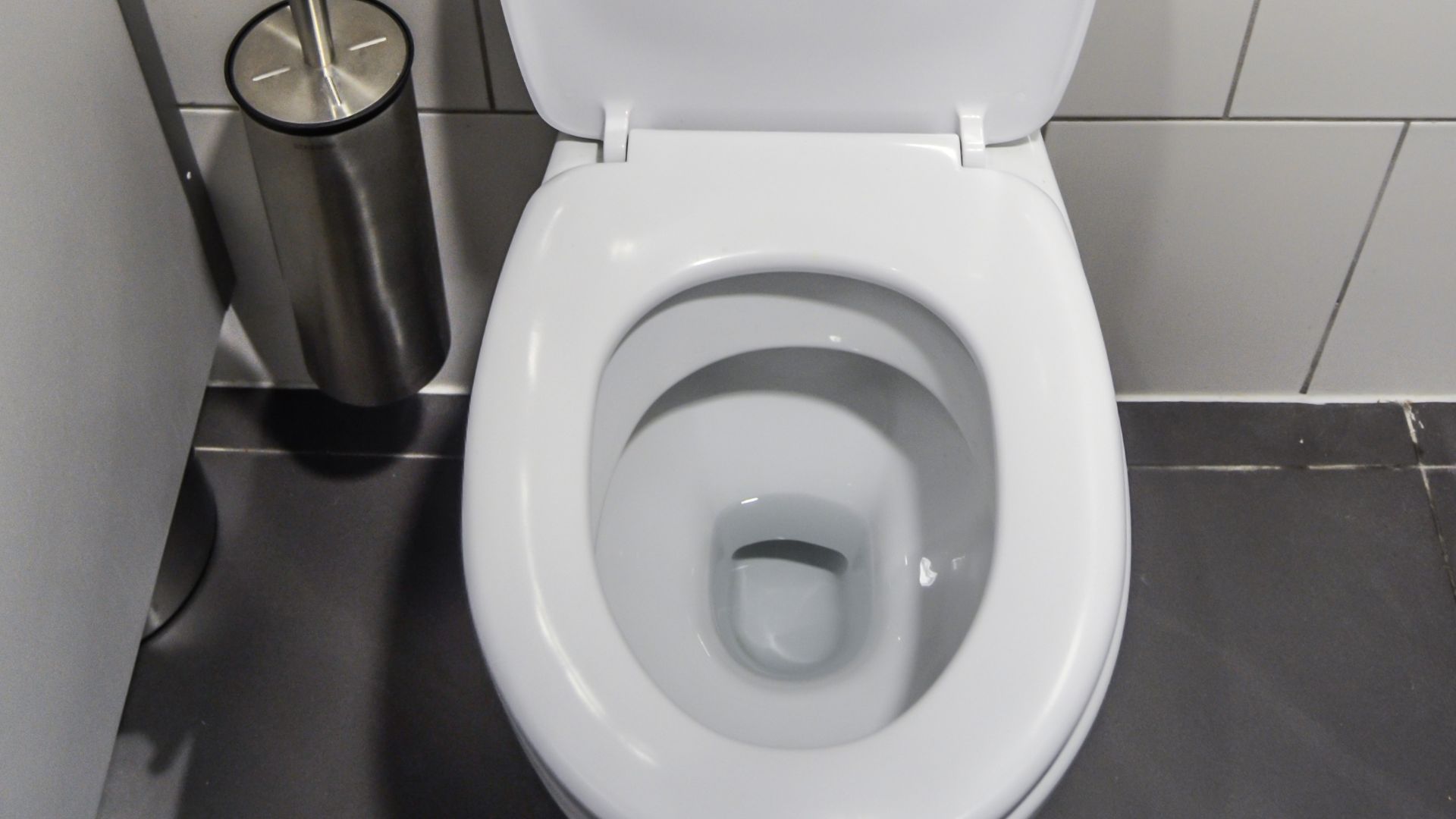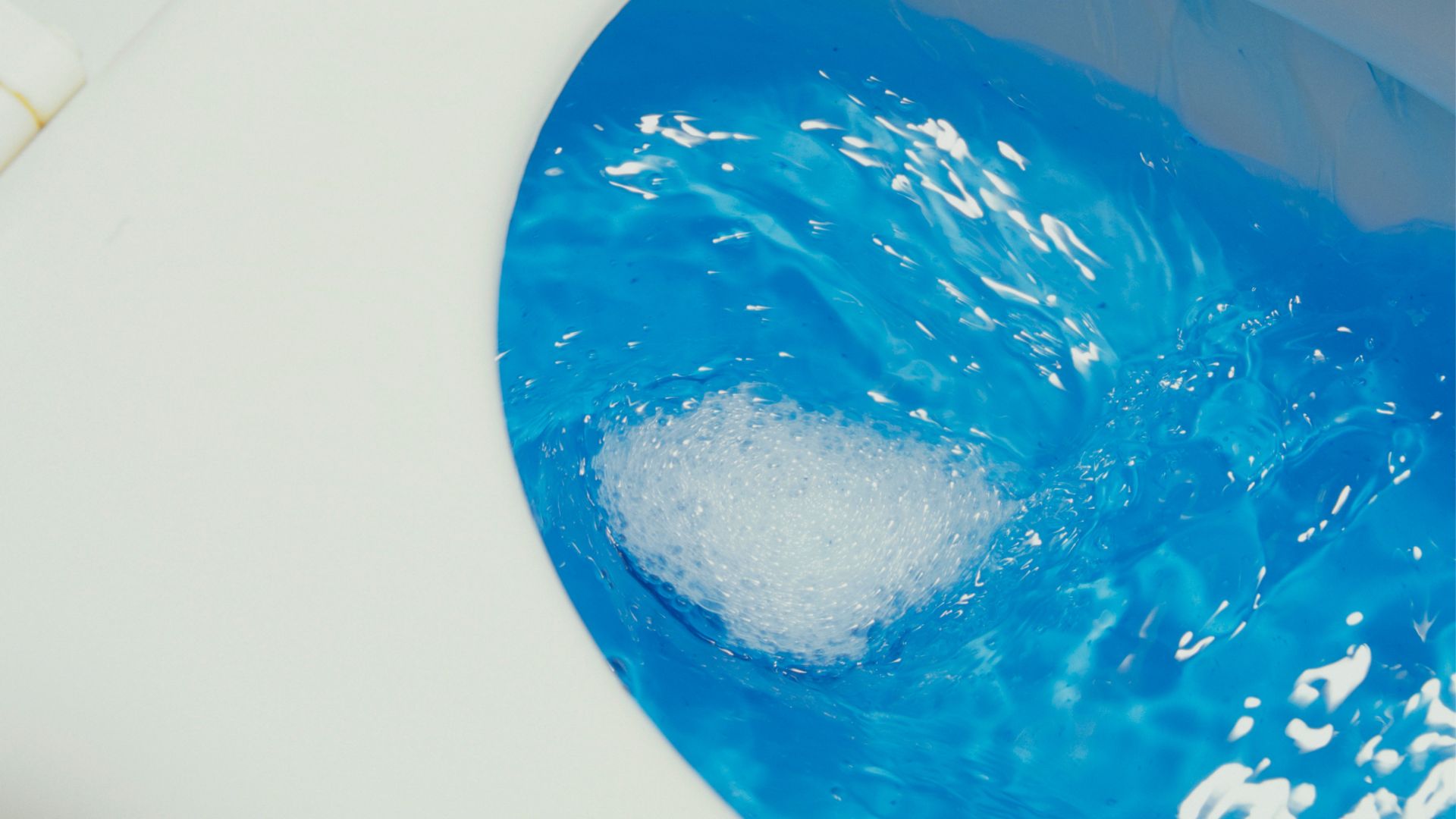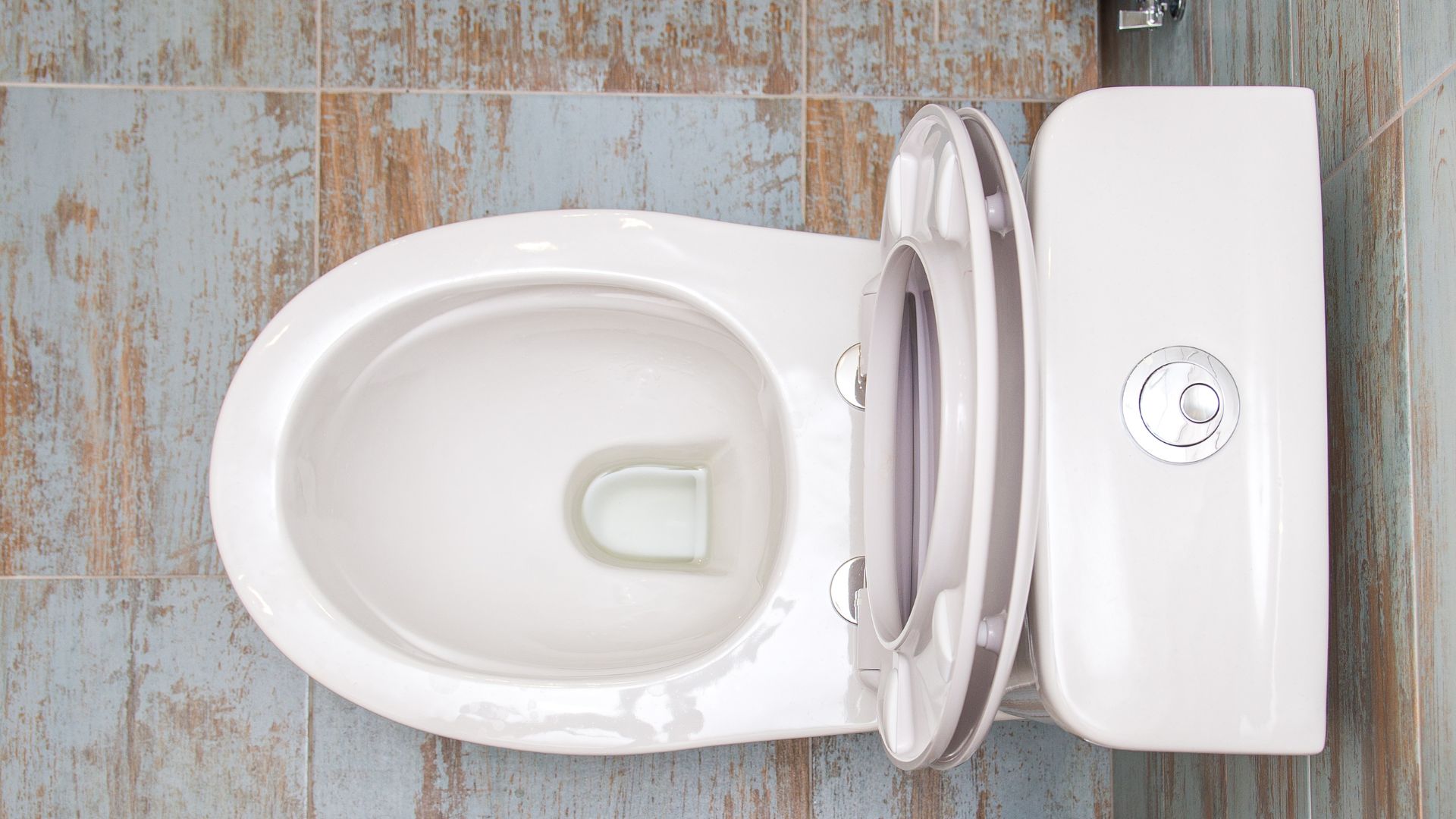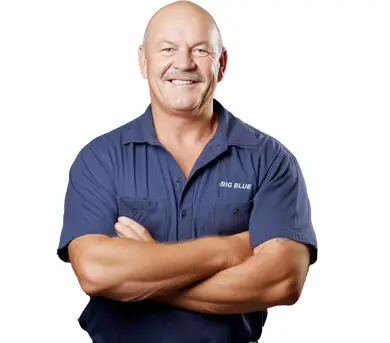Toilets might not be the first thing that comes to mind when you think about saving water, but they actually use a fair chunk of it — around 25% of indoor water consumption in Australian homes. And during droughts, when every drop really does count, that number can creep even higher. In towns and cities where water restrictions are just part of everyday life, finding ways to cut back on water use isn’t just a good idea — it’s a must.
If you’re updating your bathroom or replacing an older toilet, the model you choose can make a real difference to how much water your household uses. Picking the right one doesn’t just help the planet — it can also save you money in the long run when the water bills roll in.
This guide will walk you through the ins and outs of toilet water efficiency. We’ll explain how different models stack up, what those water rating stars actually mean, and what to keep an eye out for when comparing options. So if you’re looking to make a smarter, more water-wise choice for your home — you’re in the right place. Let’s get into it.
What Are Water Efficiency Ratings?
Water efficiency ratings are here to make life easier for Aussies who want to save water — and cash. Whether you’re shopping for a toilet, shower, washing machine or dishwasher, these ratings tell you how much water a product uses, so you can make smarter choices.

They’re part of the WELS scheme (short for Water Efficiency Labelling and Standards) — a government initiative designed to cut down on unnecessary tap water use and help households lower their utility bills by choosing water-saving products.
Under the WELS program, most toilets sold in Australia must carry a water rating label. It shows two key things: the star rating (more stars = more efficient) and the average water consumption, measured in litres per flush. It’s a quick, reliable way to compare different models and see exactly how much water you’re flushing away.
The scheme isn’t just a suggestion — it’s mandatory for certain products. That means every toilet, shower head, or even commercial washing machine that falls under the scheme needs to clearly show water usage, flush volume or flow rate. So next time you’re shopping around, those little labels are doing a lot of heavy lifting to help you make a water-wise decision.
How the WELS Scheme Rates Toilets
Toilets are one of the biggest water guzzlers in the average household — which is exactly why programs like the WELS scheme exist. It sets clear rules for toilet manufacturers, requiring every model sold in Australia to carry a water rating label. That label includes the toilet’s registration number, flush volume, and average water use per flush.
The rating label breaks it down into three numbers: full flush, half flush, and the average across both.
Dual flush toilets, which let you pick between the two, are a simple yet powerful way to cut back on water use. Single flush models, on the other hand, use the same amount every time — which can add up fast.
So, if you’re still hanging onto an old single flush toilet, upgrading to a dual flush could seriously reduce your water bills (and give the planet a break while you’re at it).
To give you an idea: a 3-star toilet typically uses about 6 litres for a full flush and 3 litres for a half flush, totalling an average flush of around 4 litres. More efficient toilets with 4 or 5 stars use even less, which means bigger savings over time.
But it’s not just toilets. The WELS scheme also covers things like shower heads, low-flow taps, washing machines, dishwashers, and even some commercial appliances.
These labels help you spot water-smart products, whether a single-lever mixer tap or a washing machine with clever water control features. The less water you use, the lower your utility bills and the smaller your environmental footprint.

Why Water Efficiency Matters for Aussie Homes
Australia’s Ongoing Water Challenges
Australia isn’t short on sunshine, but when it comes to water, we’re one of the driest places on Earth. Water scarcity is a constant issue, especially in regional communities and during those long, punishing droughts. That’s why many towns and cities have strict water efficiency rules in place. Being mindful of water use isn’t just a nice idea — it’s something we all need to take seriously.
Saving Water (and Money) at Home
For everyday households, switching to water-efficient toilets is one of the easiest ways to cut down on water use, without giving up performance. A good dual flush model can save litres of water every day, and over time, those savings really add up. You’ll ease the pressure on local water supplies, and your water and energy bills will start looking a bit friendlier too.
A Smarter Choice for Sustainable Living
The best part? Using less water helps protect our environment and ensures there’s enough to go around for future generations. Choosing a toilet with a high water efficiency rating is a simple swap with long-term benefits.
And with so many sleek, budget-friendly options out there, you don’t have to trade looks for function. Whether you’re in the heart of the city or out in the bush, choosing water-wise products is a small step that makes a big difference — and you won’t have to compromise on performance to do it.
What Affects a Toilet’s Water Efficiency?

Flush Technology: How It All Works
Not all flushes are created equal. The type of system your toilet uses has a big impact on how much water it goes through. Dual flush toilets give you two options — a half flush for liquids and a full flush for solids — so you only use what you need, every time.
Then there’s how the flush actually works. Gravity-fed systems are the classic kind, using the natural force of gravity to do the job.
Pressure-assisted models take it up a notch, using air pressure to deliver a stronger flush while using less water. It’s clever tech that gets the job done efficiently.
Installation and Maintenance Matter
Even the most water-efficient toilet won’t perform well if it’s installed poorly. A dodgy install can mean leaks, weak flushes, or water running when it shouldn’t.
That’s why getting a licensed plumber to do the job right from the start is so important. And regular maintenance helps keep everything running as it should, saving water (and headaches) in the long run.
Older Toilets and Hidden Water Waste
It’s easy to assume a toilet will keep performing the same way forever, but over time, wear and tear takes its toll. Seals can loosen, parts can wear out, and water flow can creep up without you even realising.
So, even if your toilet was water-efficient when it was new, it might be using more water than it should now. A quick check-up — or an upgrade — could be well worth it.
Busting the Myths About Water-Saving Toilets
“They Don’t Flush Properly”
This one’s been doing the rounds for years, but it’s simply not true anymore. Today’s water-efficient toilets are designed with smart flush valve tech and cleverly shaped bowls that deliver a strong, effective flush — even with less water. In short, modern models can handle the job just fine.
“All Dual-Flush Toilets Are the Same”
Not quite. Just because a toilet has a dual flush button doesn’t mean it’s super efficient. The amount of water used per flush can vary a lot between models. That’s why it pays to check the WELS label — it tells you exactly how much water each flush uses and how many stars the model scores.
“They’re Too Expensive”
While some top-of-the-line toilets do cost more, there are plenty of affordable, water-saving models out there. And don’t forget — the money you save on water bills over time often makes up for the upfront spend. It’s an investment that pays off in the long run.
So, if you’ve been avoiding water-efficient toilets because of old-school rumours, it might be time for a rethink. With today’s tech, saving water doesn’t mean sacrificing performance — it just means making smarter choices for your home and the planet.
How to Choose the Right Toilet (and Make Every Flush Count)
Shopping for a new toilet? Don’t just go for the one that looks the part — the right pick can help you save water, cut bills, and do your bit for the planet. Here’s a simple checklist to guide you through the decision:
- Check the WELS label: This is your go-to for water efficiency info. It’ll show you the star rating, litres per flush, and average water use — all in one quick glance.
- Look beyond the stars: A higher rating is great, but the actual water consumption matters too. Compare how many litres each model uses so you know exactly what you’re getting.
- Factor in your household size: Bigger households mean more flushing. A toilet that strikes the right balance between efficiency and performance can make a big difference over time.
- Match it to your budget and lifestyle: Whether you’re after top-tier tech or something simple and reliable, choose a toilet that fits your needs, without guzzling water.
- Measure your space: Not every toilet fits every bathroom. Make sure your new model suits your layout and plumbing setup before you commit.
- Ask a licensed plumber: Getting the right advice can save you time (and plumbing dramas). A pro can recommend the best option for your home and ensure it’s installed properly.
At the end of the day, a well-chosen toilet isn’t just about comfort — it’s about water savings that last. And when you think about how often we all flush, those little savings really start to add up.
Your Local Plumbing Experts in Toilet Repairs & Water-Saving Advice
Even the most water-efficient toilet won’t do much good if it’s leaking, constantly running, or not flushing properly. In fact, it could be quietly wasting litres of water a day, even if it has a shiny WELS rating.
That’s where we come in. At Big Blue Plumbing, we help households across Australia get the most out of their toilets — whether that means fixing a dodgy dual flush, replacing an outdated unit, or upgrading to something that’s easy on both water and your wallet.
Our licensed plumbers know how to strike the right balance between comfort, performance, and efficiency. We’ll take a close look at your toilet setup, spot any issues you might’ve missed, and offer smart, practical solutions to help you save water (and avoid surprise bills).
Need a repair? Thinking of switching to a water-saving model? Or just not sure where to start? Give Big Blue Plumbing a call — we’re always happy to help with expert advice and honest service you can count on.



